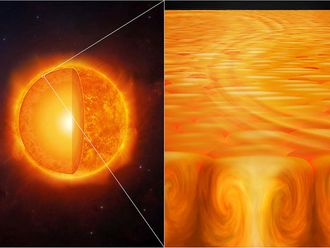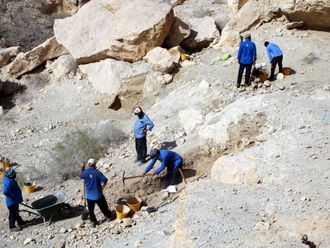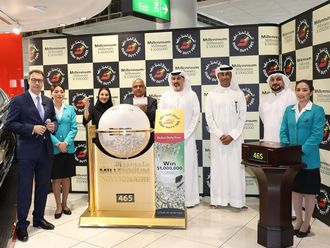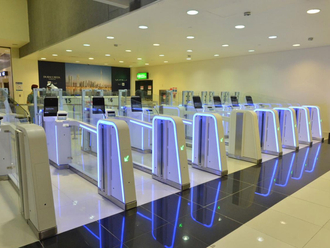
Dubai: The UAE's first water conservation law set to reign in water misuse and group together utility companies across the country is under final review, and environment officials are hopeful it will be passed in 12 months.
The UAE does not currently have a single national water conservation law. Regulations regarding natural resources are instead put in place on a regional level.
No details of the draft law were revealed, but water resource researchers are calling for more monitoring of environmental impacts on the UAE's main source of water, the Arabian Gulf.
Dr Rashid Ahmad Bin Fahd, UAE Minister of Environment and Water, said at a seminar yesterday the law will regulate and lay out the legal mechanism for management and use of water in the country.
"The water law is under process, and has been seen by the ministerial committee and a technical committee. The draft should be sent to the Cabinet before the summer. It could be one more year before it is passed," he said.
"It is needed, there are a lot of local orders, but this will be the first legal document for an integrated management system."
Bin Fahd added that utility companies like Dubai or Sharjah Electricity and Water Authority (Dewa/Sewa) that organise their own production and distribution of water will fall under the umbrella of the law.
Water misuse is a huge issue in the Arab world due to the high water scarcity status of the region. Awareness on water scarcity is observed on March 3 every year with the theme for 2010 being: Water for the security of the Arab world.
"The Arab region is one of the scarcest regions in the world for water supply. No one has surplus water, which does not inspire a lot of confidence… [but] the UAE has achieved a lot in securing water and providing supply for the country," said Bin Fahd.
Rising demand
The desalination process in the UAE has grown to meet rising demand and population growth with an annual production rate in 2008 of 4,878 million cubic metres of water, from 1,081 million cubic metres in 2000, according to Dr Shawki Barghouti, Director-General of the International Centre for Biosaline Agriculture.
However, the Arabian Gulf is suffering from a lack of fresh water feeding into it due to dams built on the Tigris and Euphrates rivers. Water flow has decreased from 85 billion cubic metres in the 1980s, to around 28 billion cubic metres today.
"These rivers do not flow into the Gulf, but we are affected. The implication is on the marine life and the coastal zones. There are implications on water quality and desalination. The Gulf is becoming more salted and polluted. This needs close regional monitoring, we should establish what the damage is or not," said Barghouti.
The Gulf covers an area of 251,000km2 and takes nine years to fully circulate.
Asides from its impact on the environment, desalination produces 40 to 180 million tonnes of CO2 a year, while cogeneration electricity and water plants produce about 21 million tonnes equivalent of carbon emissions a year.
- 85b cubic metres of fresh water flow into Gulf in the 80s
- 28b cubic metres of fresh water flow into Gulf in 2000s
- 11,487m cubic metres is capacity of GCC desalination in 2008
- 85b cubic metres of fresh water flow into Gulf in the 80s
- 28b cubic metres of fresh water flow into Gulf in 2000s
- 11,487m cubic metres is capacity of GCC desalination in 2008












